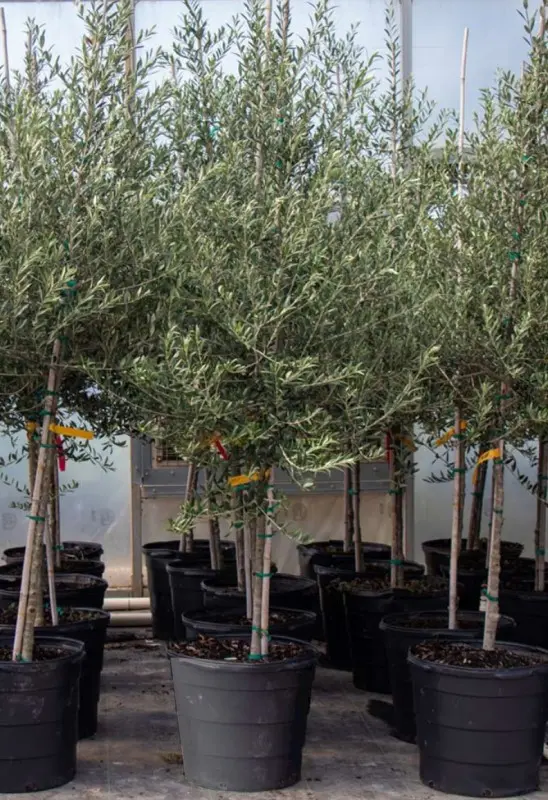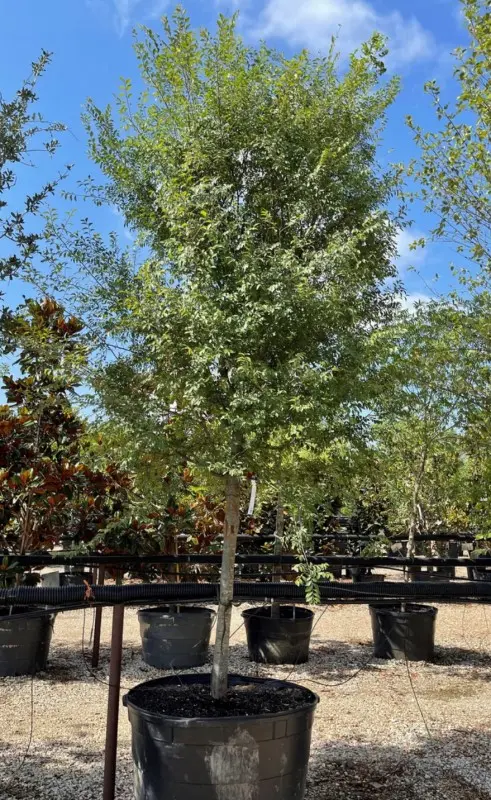Description
Bur Oak (Quercus macrocarpa), also known as Mossy Cup Oak, is a large, deciduous oak tree known for its thick, deeply furrowed bark, massive acorns, and impressive resilience. Native to North America, the Bur Oak can reach heights of 70 to 80 feet with a similar or slightly smaller spread, making it a grand, stately tree ideal for open landscapes. Its large, lobed leaves turn a golden yellow in the fall, adding seasonal interest, and its unique acorns—some of the largest of any oak—feature a fringed, “mossy” cap that provides an important food source for wildlife.
Bur Oaks thrive in USDA zones 3-8 and are well-suited to full sun and a variety of soil types, including clay, sandy, and loamy soils. They are especially tolerant of drought, pollution, and even poor soil, making them highly adaptable for urban environments and large open spaces. This tree’s deep, extensive root system enables it to withstand extreme conditions and contributes to its exceptional longevity, with many Bur Oaks living several hundred years.
Low-maintenance and pest-resistant, Bur Oaks require little care beyond occasional pruning in late winter to remove dead or damaged branches. Their robust structure and hardiness make them popular as shade trees in parks, golf courses, and expansive properties, where their large canopy provides cooling shade and creates a picturesque landscape. With its rugged bark, distinctive acorns, and adaptability, Bur Oak offers both ecological and aesthetic value, standing as a resilient, enduring presence in any landscape.






